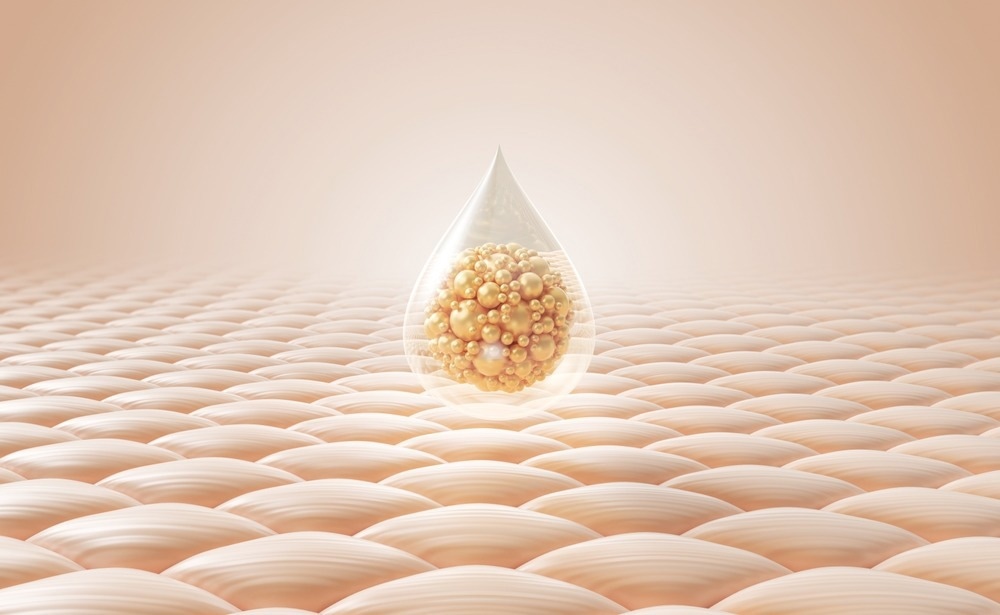Exosomes are small vesicles ranging from 30 to 100 nm in size, released by all cells, including both diseased and healthy cells. They are characterized by a double lipid layer containing DNA, RNA, miRNA, soluble proteins, and transmembrane proteins, reflecting the biological repertoire of their cell of origin.

Image Credit: Anusorn Nakdee/Shutterstock.com
Exosomes are small vesicles ranging from 30 to 100 nm in size, released by all cells, including both diseased and healthy cells. They are characterized by a double lipid layer containing DNA, RNA, miRNA, soluble proteins, and transmembrane proteins, reflecting the biological repertoire of their cell of origin. Exosomes are distinct from microvesicles, which have a different release mechanism and a nominal diameter of 100 to 1000 nm.
Recent studies have shown that exosomes, or extracellular vesicles (EVs), are a unique source of specific disease biomarkers because they originate from active cells, such as tumor cells. To use exosomes as biomarkers, they must be separated from soluble, high-abundance proteins and from the larger microvesicles.
Published studies often describe isolating bulk exosomes using nonspecific methods such as ultracentrifugation or precipitation. In contrast, Field-Flow Fractionation (FFF) is highly effective for size-based separation across a range from a few nanometers to a micron. As demonstrated by Zhang et al., FFF is uniquely capable of isolating exosomes from other materials. Moreover, it can further separate small extracellular vesicles (EVs) into three distinct populations with unique properties and biomarkers. This makes FFF the technique of choice for exosome isolation.
Advantages of FFF to separate and analyze exosomes
FFF-MALS is a powerful technique for separating and characterizing analytes ranging in size from 1 nm to 1000 nm, including exosomes, lentivirus, and lipid nanoparticles (LNPs).
Wyatt Technology’s FFF system features the Eclipse™ field-flow fractionation (FFF) system, integrated with a pump and autosampler, followed by MALS, DLS, and refractive index detectors.
While accurate, high-resolution size distributions obtained with FFF-MALS-DLS are critical for extracellular vesicle (EV) research, the ability to isolate EVs from impurities and collect size-based fractions for offline analysis is equally invaluable. The Eclipse FFF system is compatible with a fraction collector for automated separation and collection, as well as a semi-preparative channel for handling larger sample injections.

 Download the application note to explore the data and analysis in detail.
Download the application note to explore the data and analysis in detail.

Figure 1. An FFF-MALS-DLS system comprising autosampler and pump (bottom left), Eclipse FFF instrument and separation channel (bottom right, foreground), and three detectors: UV (top left), MALS/DLS and refractive index (top right). Image Credit: Waters | Wyatt Technology

This information has been sourced, reviewed and adapted from materials provided by Waters | Wyatt Technology.
For more information on this source, please visit Waters | Wyatt Technology.